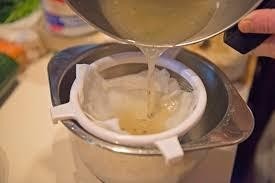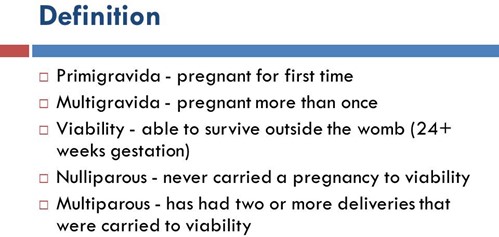When conducting diet teaching for a client who is on a postoperative full-liquid diet, which food(s) should the nurse encourage the client to eat? (Select all that apply.)
Clear beef broth.
Vegetable juice.
Canned fruit cocktail.
Vanilla frozen yogurt.
Creamy peanut butter.
Correct Answer : A,B,D
A) Correct - Clear beef broth is appropriate for a postoperative full-liquid diet, as it is a clear liquid and meets the dietary restrictions.
B) Correct - Vegetable juice can be included in a postoperative full liquid diet, as long as it is free of solid particles.
C) Incorrect - Canned fruit cocktails may contain solid pieces of fruit, which are not suitable for a full-liquid diet.
D) Correct - Vanilla frozen yogurt is a suitable option for a postoperative full-liquid diet, as it is in a liquid state when consumed.
E) Incorrect - Creamy peanut butter is not appropriate for a full-liquid diet, as it is a solid food and does not meet the diet's requirements.

Nursing Test Bank
Naxlex Comprehensive Predictor Exams
Related Questions
Correct Answer is A
Explanation
When a primigravida client confides in the practical nurse (PN) about being in an abusive relationship, the primary concern is the safety and well-being of the client and her unborn child. Providing contact information for a women's shelter is the most appropriate response in this situation. Women's shelters provide a safe haven for individuals experiencing domestic violence and can offer immediate assistance, including shelter, counseling, legal support, and other resources.
Let's evaluate why the other options are incorrect:
B. Safety plan to keep in a purse at all times:
While a safety plan is essential for individuals experiencing domestic violence, providing a safety plan alone may not address the immediate danger the client is facing. It is crucial to prioritize the client's safety by connecting her with a women's shelter where she can receive comprehensive support.
C. Visit summary documenting the report of abuse:
While it is important to document any reports of abuse, providing a visit summary alone does not address the urgent need for the client's safety. Documentation can be helpful for future reference, but immediate action should be taken to ensure the client's well-being.
D. Paperwork needed to file a restraining order:
Filing a restraining order is a legal step that may be necessary in cases of domestic violence, but it should be pursued after ensuring the client's immediate safety. Providing paperwork alone does not address the client's immediate need for a safe environment. Connecting the client with a women's shelter is a more appropriate course of action to ensure her safety and well-being.

Correct Answer is C
Explanation
A) Incorrect - Requesting the client to lie still may be relevant for certain assessments, but it is not specific to the situation described in the question.
B) Incorrect - Inquiring about episodes of sundowning is more relevant for clients with cognitive impairment and is not directly related to the client's weight loss and decreased energy and appetite.
C) Correct - Questioning the client about the frequency of falls is important, as falls can contribute to weight loss, decreased energy, and appetite changes in older adults.
D) Incorrect - Assisting the client with clarifying values about end-of-life care is a valuable nursing intervention but is not the priority in this assessment scenario.
Whether you are a student looking to ace your exams or a practicing nurse seeking to enhance your expertise , our nursing education contents will empower you with the confidence and competence to make a difference in the lives of patients and become a respected leader in the healthcare field.
Visit Naxlex, invest in your future and unlock endless possibilities with our unparalleled nursing education contents today
Report Wrong Answer on the Current Question
Do you disagree with the answer? If yes, what is your expected answer? Explain.
Kindly be descriptive with the issue you are facing.
